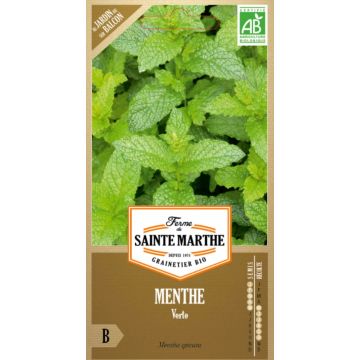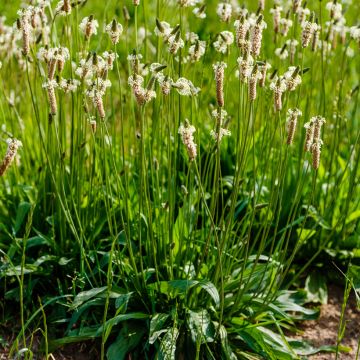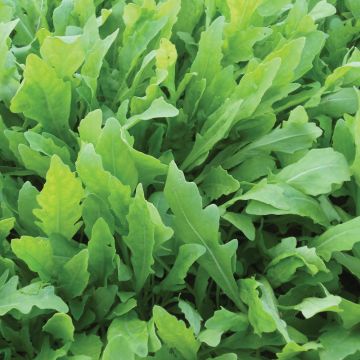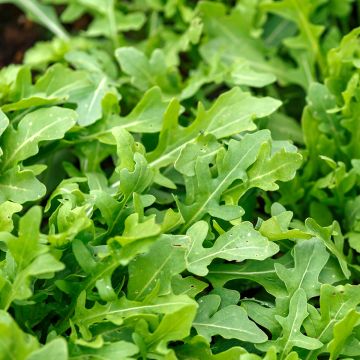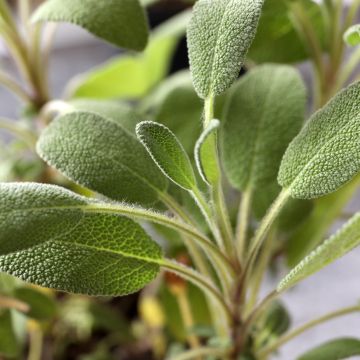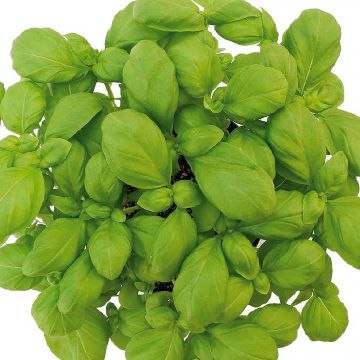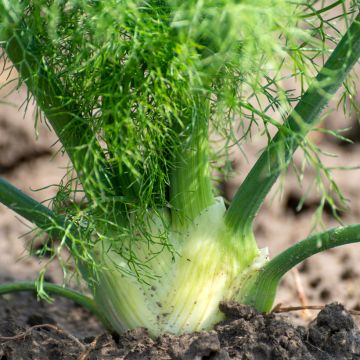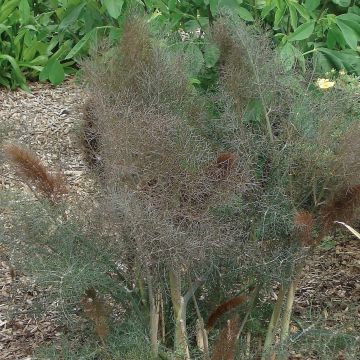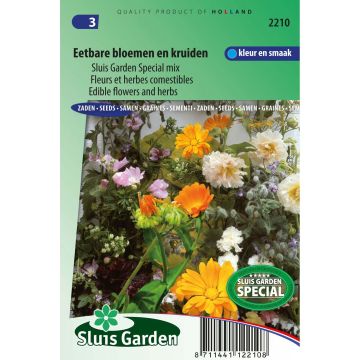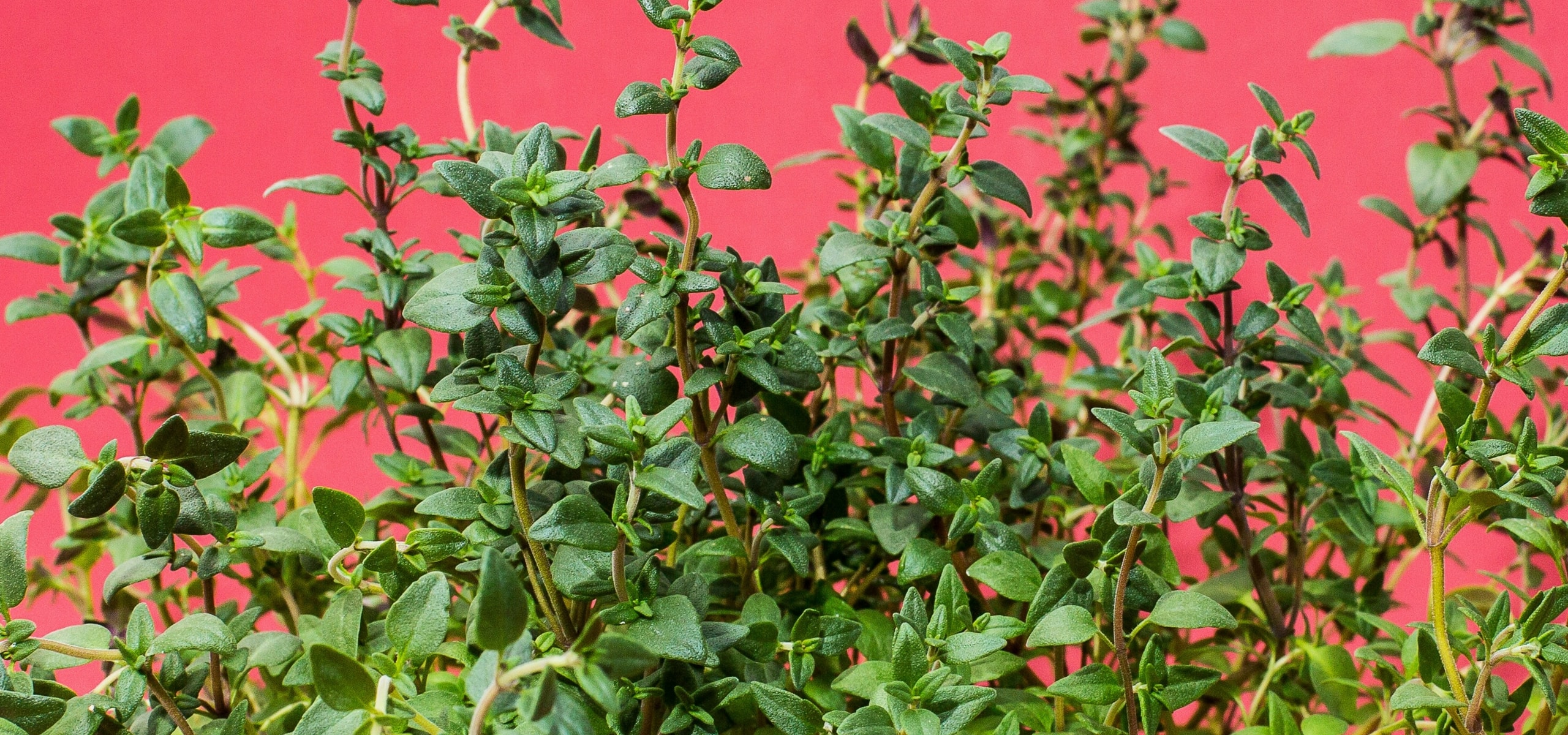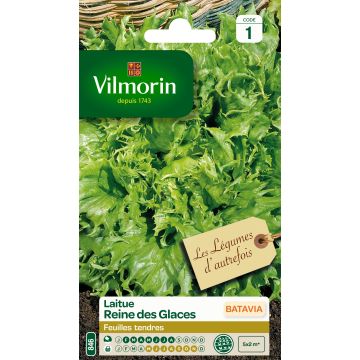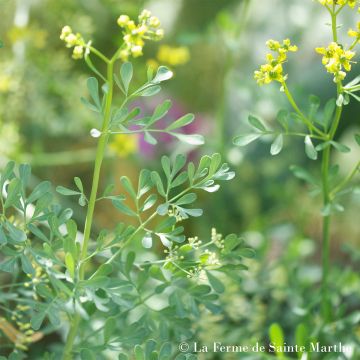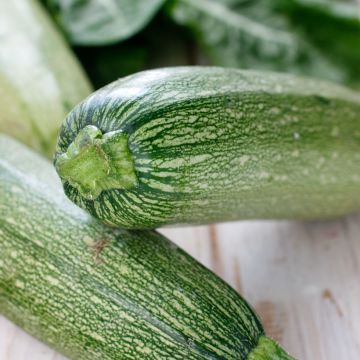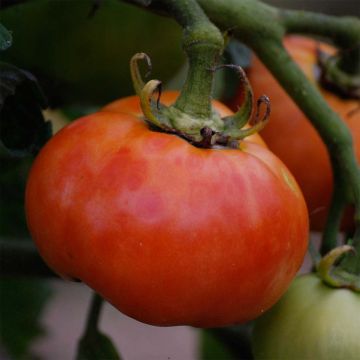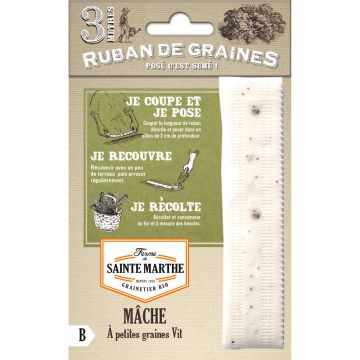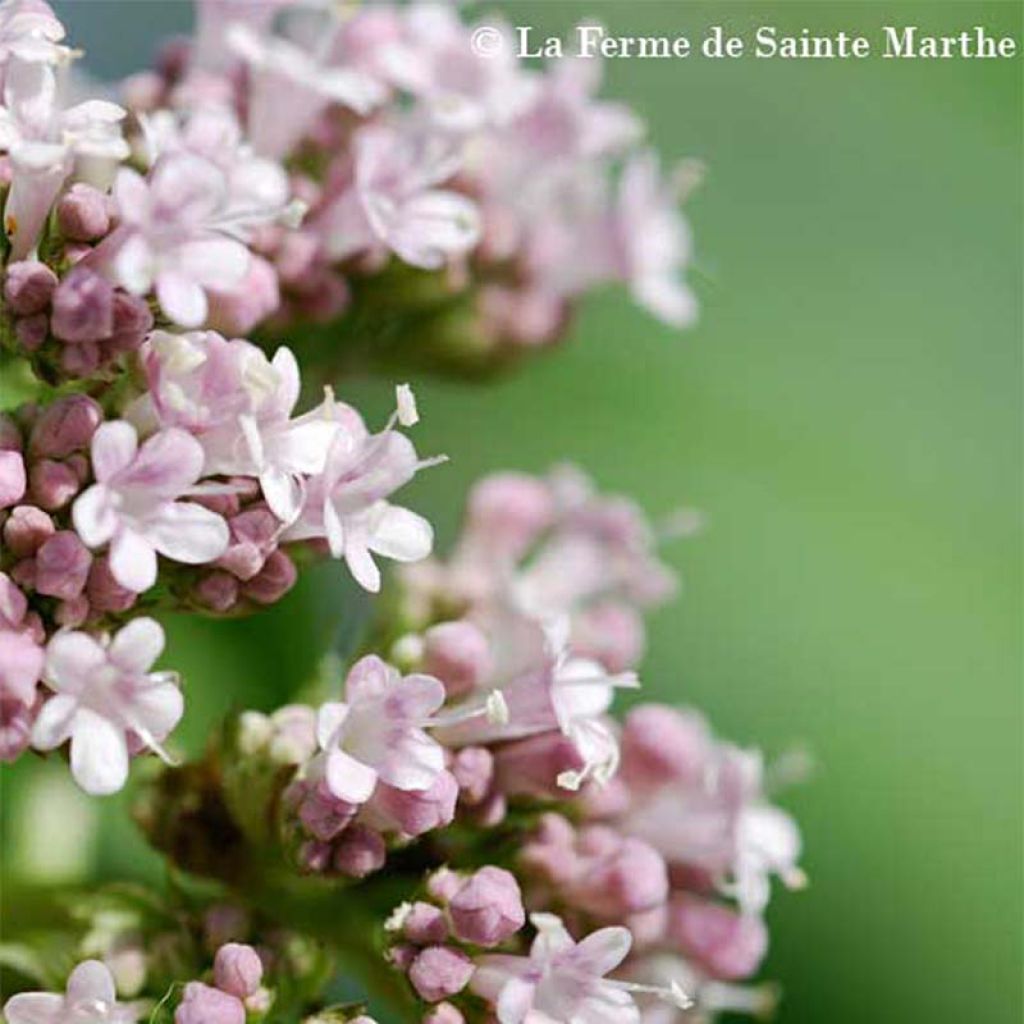

Valériane officinale NT - Ferme de Sainte Marthe
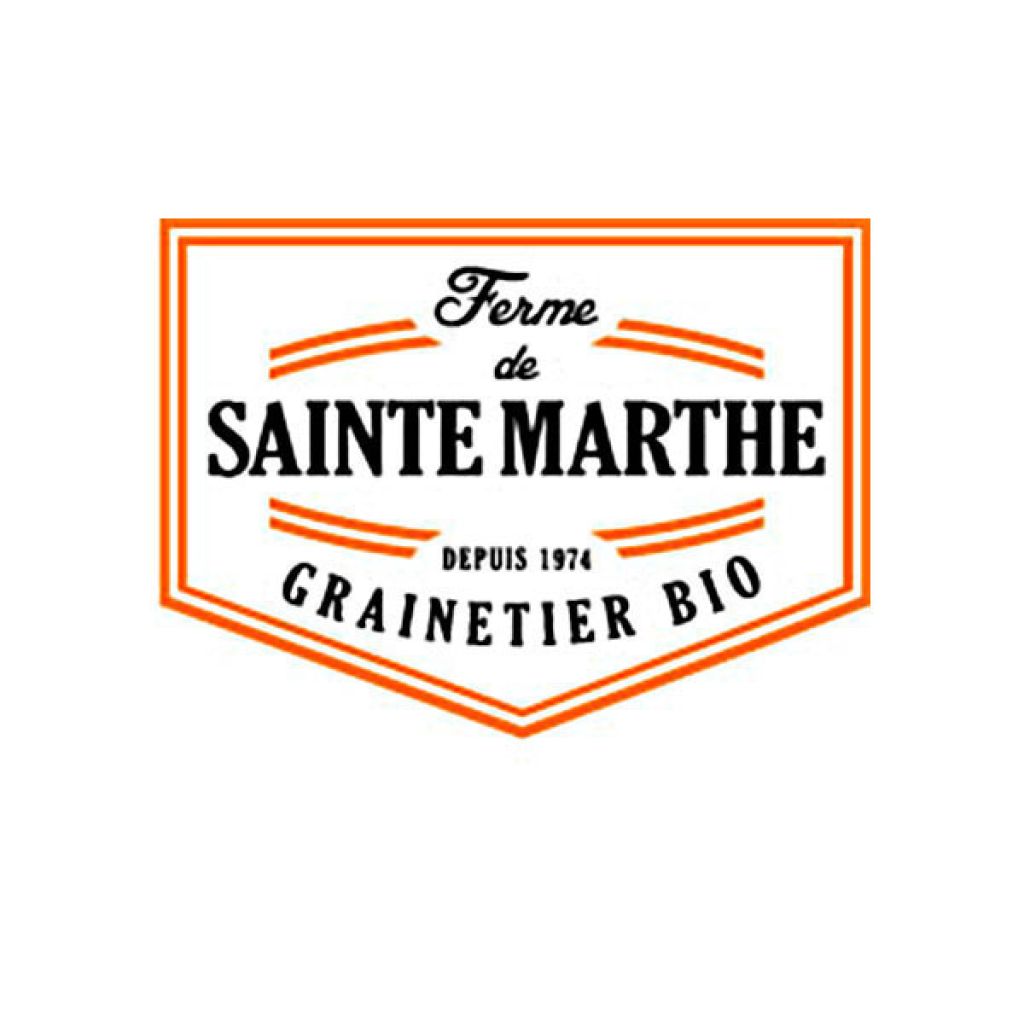

Valériane officinale NT - Ferme de Sainte Marthe
Valériane officinale NT - Ferme de Sainte Marthe
Valeriana officinalis
Common Valerian
Special offer!
Receive a €20 voucher for any order over €90 (excluding delivery costs, credit notes, and plastic-free options)!
1- Add your favorite plants to your cart.
2- Once you have reached €90, confirm your order (you can even choose the delivery date!).
3- As soon as your order is shipped, you will receive an email containing your voucher code, valid for 3 months (90 days).
Your voucher is unique and can only be used once, for any order with a minimum value of €20, excluding delivery costs.
Can be combined with other current offers, non-divisible and non-refundable.
Home or relay delivery (depending on size and destination)
Schedule delivery date,
and select date in basket
This plant carries a 6 months recovery warranty
More information
We guarantee the quality of our plants for a full growing cycle, and will replace at our expense any plant that fails to recover under normal climatic and planting conditions.
Description
The Common Valerian (Valeriana officinalis) is a perennial plant with medicinal and ornamental qualities, capable of reaching up to one metre in height. It has soothing properties, promotes sleep, and alleviates anxiety. It is sown in April-May.
The Common Valerian is found in the wild throughout Europe and as far as Asia Minor. It belongs to the Valerianaceae family and is sometimes referred to as Garden Valerian, Cat's Herb, or St. George's Herb. This is a vigorous perennial plant that grows in an upright clump, reaching up to one metre in height and 80 centimetres in width. It is fully hardy, at least down to –15°C.
Its foliage is silvery-green, deciduous, and compound, with lance-shaped, slightly dentate leaves. The Garden Valerian displays delicate white flowers in umbels from June to July.
Common Valerian is renowned for its medicinal properties. It is listed in the European Pharmacopoeia, and its root is used for its calming effects: it aids sleep and soothes anxiety.
In the garden, Garden Valerian thrives in sun or partial shade, in heavy and moist soil. Its cultivation presents no difficulty. It can be placed in a dedicated herb and medicinal plant area or at the back of a perennial bed, as it is also ornamental.
Harvest: The first harvest of roots is carried out on young plants at least three years old.
Storage: Storage is done in bags once the root has been washed and dried.
Gardener's Tip: Garden Valerian should not be confused with Red Valerian (Centranthus ruber), which requires drier soil and a sunny position.
Untreated or "NT" seeds come from conventionally grown plants (often using plant protection products), but they undergo no treatment after harvest. These seeds are permitted in organic market gardening when organic seeds are out of stock.
Report an error about the product description
Harvest
Plant habit
Foliage
Botanical data
Valeriana
officinalis
Valerianaceae
Common Valerian
Central Europe
Perennial
Other Herb seeds
View all →Planting and care
Sowing:
Sowing Valeriana officinalis is done from April to May.
It can be started as early as the end of March under cover, in trays filled with good sowing compost, or from May to July directly in place, in well-warmed soil. The seeds are buried at a depth of 0.5 cm. One month after germination, thin out by keeping only one young plant every 60 cm or so.
If sowing was done in a nursery, the young plants will be transplanted into the garden in June, respecting the same planting distances as for direct sowing.
Growing:
Valerian thrives in full sun or partial shade, in rather heavy and moist soil.
Seedlings
Care
Intended location
Planting & care advice
This item has not been reviewed yet - be the first to leave a review about it.
Similar products
Haven't found what you were looking for?
Hardiness is the lowest winter temperature a plant can endure without suffering serious damage or even dying. However, hardiness is affected by location (a sheltered area, such as a patio), protection (winter cover) and soil type (hardiness is improved by well-drained soil).

Photo Sharing Terms & Conditions
In order to encourage gardeners to interact and share their experiences, Promesse de fleurs offers various media enabling content to be uploaded onto its Site - in particular via the ‘Photo sharing’ module.
The User agrees to refrain from:
- Posting any content that is illegal, prejudicial, insulting, racist, inciteful to hatred, revisionist, contrary to public decency, that infringes on privacy or on the privacy rights of third parties, in particular the publicity rights of persons and goods, intellectual property rights, or the right to privacy.
- Submitting content on behalf of a third party;
- Impersonate the identity of a third party and/or publish any personal information about a third party;
In general, the User undertakes to refrain from any unethical behaviour.
All Content (in particular text, comments, files, images, photos, videos, creative works, etc.), which may be subject to property or intellectual property rights, image or other private rights, shall remain the property of the User, subject to the limited rights granted by the terms of the licence granted by Promesse de fleurs as stated below. Users are at liberty to publish or not to publish such Content on the Site, notably via the ‘Photo Sharing’ facility, and accept that this Content shall be made public and freely accessible, notably on the Internet.
Users further acknowledge, undertake to have ,and guarantee that they hold all necessary rights and permissions to publish such material on the Site, in particular with regard to the legislation in force pertaining to any privacy, property, intellectual property, image, or contractual rights, or rights of any other nature. By publishing such Content on the Site, Users acknowledge accepting full liability as publishers of the Content within the meaning of the law, and grant Promesse de fleurs, free of charge, an inclusive, worldwide licence for the said Content for the entire duration of its publication, including all reproduction, representation, up/downloading, displaying, performing, transmission, and storage rights.
Users also grant permission for their name to be linked to the Content and accept that this link may not always be made available.
By engaging in posting material, Users consent to their Content becoming automatically accessible on the Internet, in particular on other sites and/or blogs and/or web pages of the Promesse de fleurs site, including in particular social pages and the Promesse de fleurs catalogue.
Users may secure the removal of entrusted content free of charge by issuing a simple request via our contact form.
The flowering period indicated on our website applies to countries and regions located in USDA zone 8 (France, the United Kingdom, Ireland, the Netherlands, etc.)
It will vary according to where you live:
- In zones 9 to 10 (Italy, Spain, Greece, etc.), flowering will occur about 2 to 4 weeks earlier.
- In zones 6 to 7 (Germany, Poland, Slovenia, and lower mountainous regions), flowering will be delayed by 2 to 3 weeks.
- In zone 5 (Central Europe, Scandinavia), blooming will be delayed by 3 to 5 weeks.
In temperate climates, pruning of spring-flowering shrubs (forsythia, spireas, etc.) should be done just after flowering.
Pruning of summer-flowering shrubs (Indian Lilac, Perovskia, etc.) can be done in winter or spring.
In cold regions as well as with frost-sensitive plants, avoid pruning too early when severe frosts may still occur.
The planting period indicated on our website applies to countries and regions located in USDA zone 8 (France, United Kingdom, Ireland, Netherlands).
It will vary according to where you live:
- In Mediterranean zones (Marseille, Madrid, Milan, etc.), autumn and winter are the best planting periods.
- In continental zones (Strasbourg, Munich, Vienna, etc.), delay planting by 2 to 3 weeks in spring and bring it forward by 2 to 4 weeks in autumn.
- In mountainous regions (the Alps, Pyrenees, Carpathians, etc.), it is best to plant in late spring (May-June) or late summer (August-September).
The harvesting period indicated on our website applies to countries and regions in USDA zone 8 (France, England, Ireland, the Netherlands).
In colder areas (Scandinavia, Poland, Austria...) fruit and vegetable harvests are likely to be delayed by 3-4 weeks.
In warmer areas (Italy, Spain, Greece, etc.), harvesting will probably take place earlier, depending on weather conditions.
The sowing periods indicated on our website apply to countries and regions within USDA Zone 8 (France, UK, Ireland, Netherlands).
In colder areas (Scandinavia, Poland, Austria...), delay any outdoor sowing by 3-4 weeks, or sow under glass.
In warmer climes (Italy, Spain, Greece, etc.), bring outdoor sowing forward by a few weeks.






























